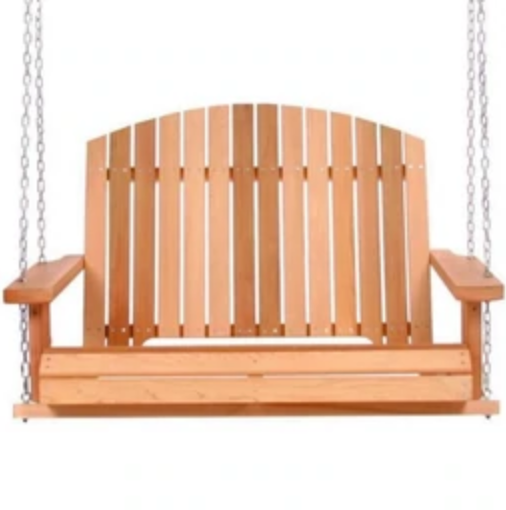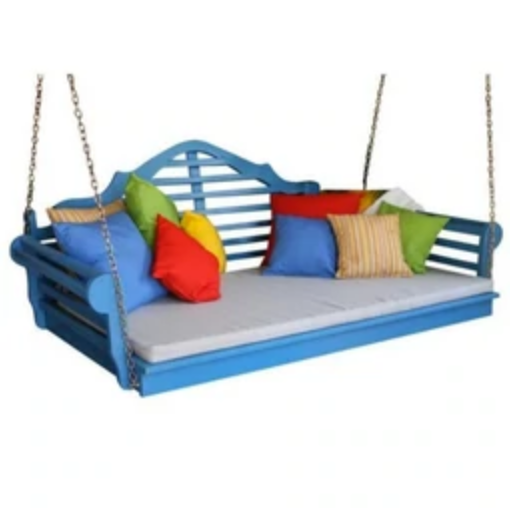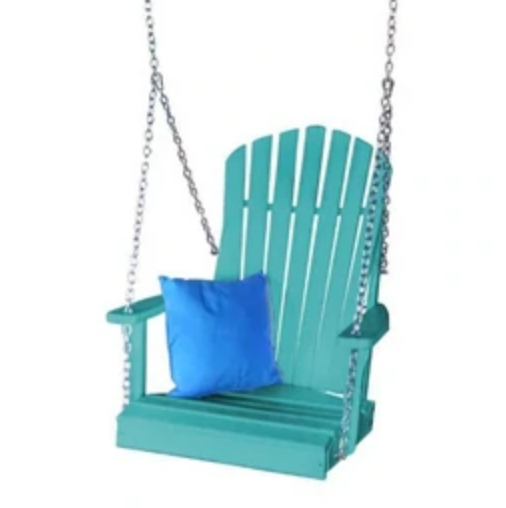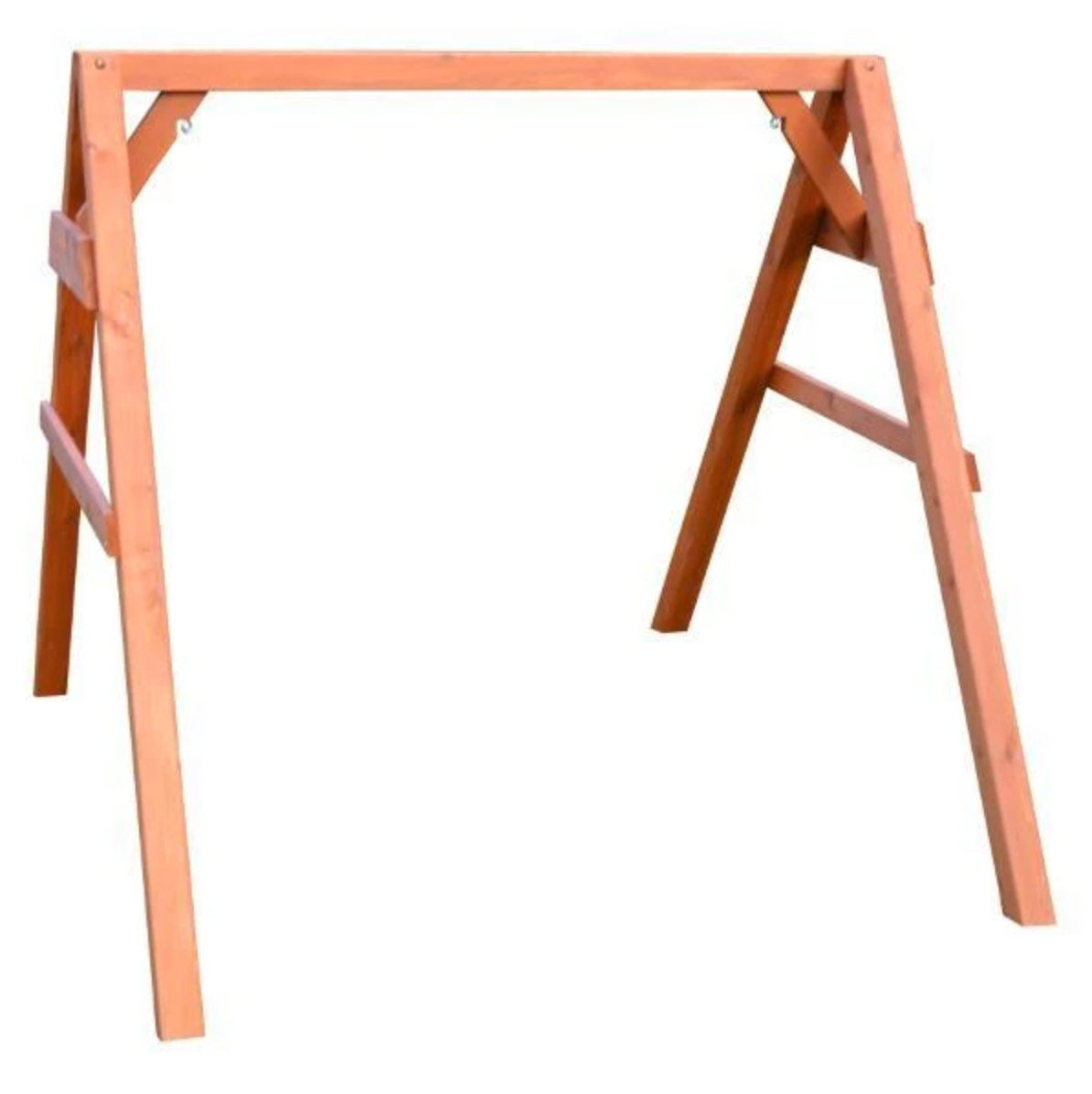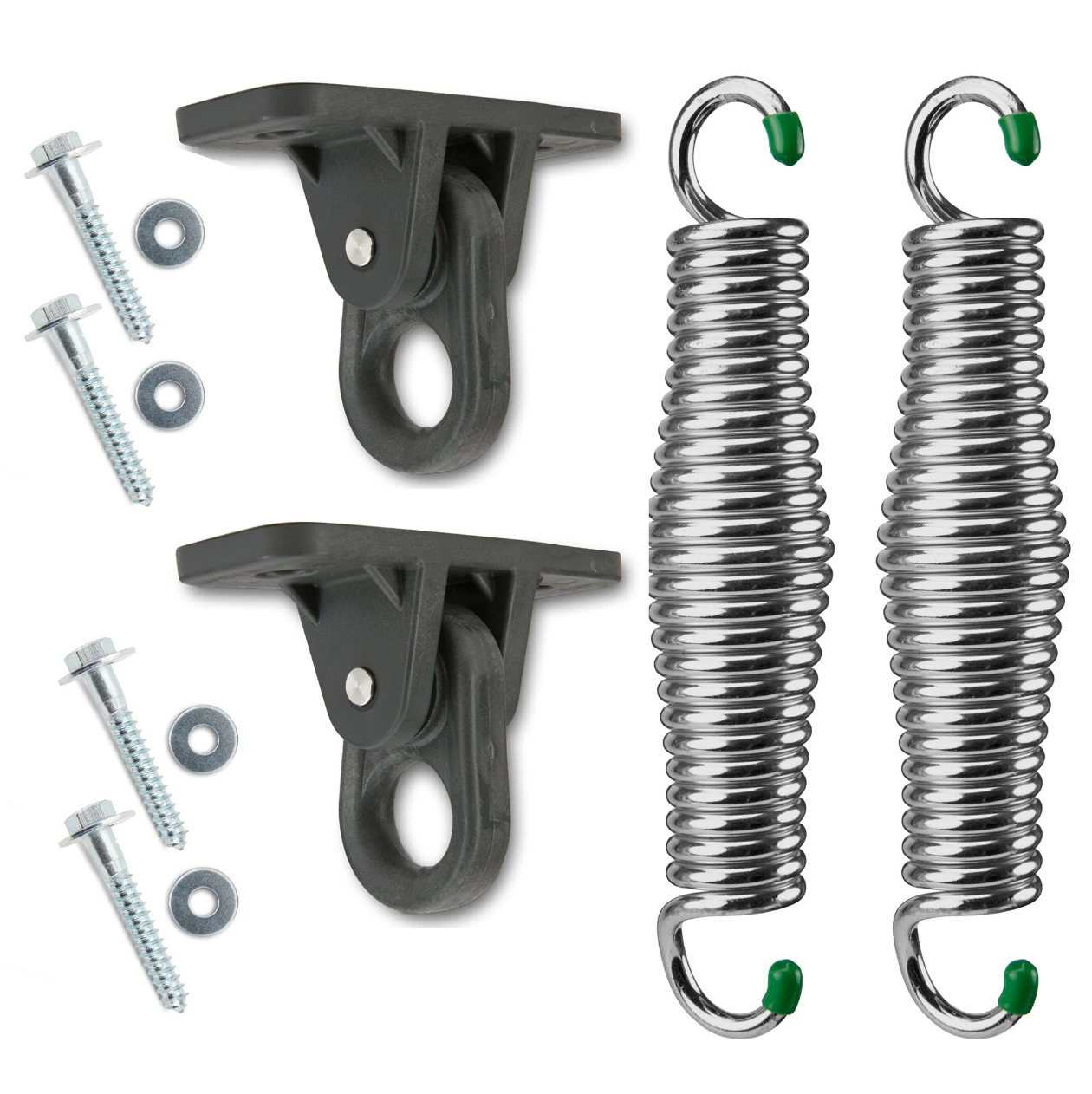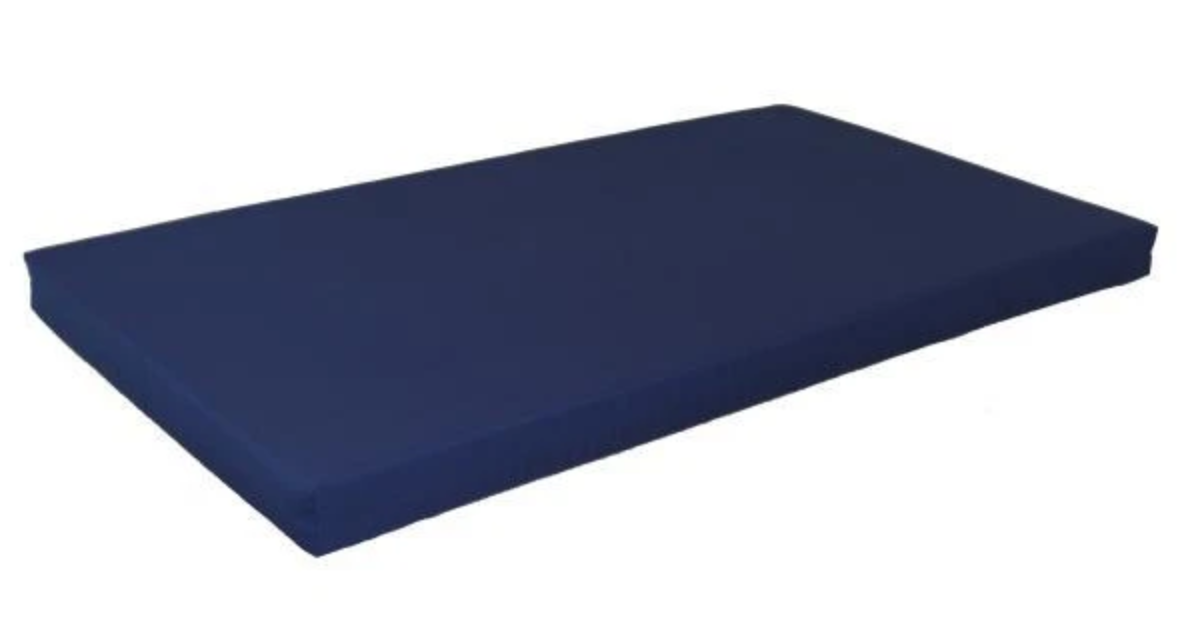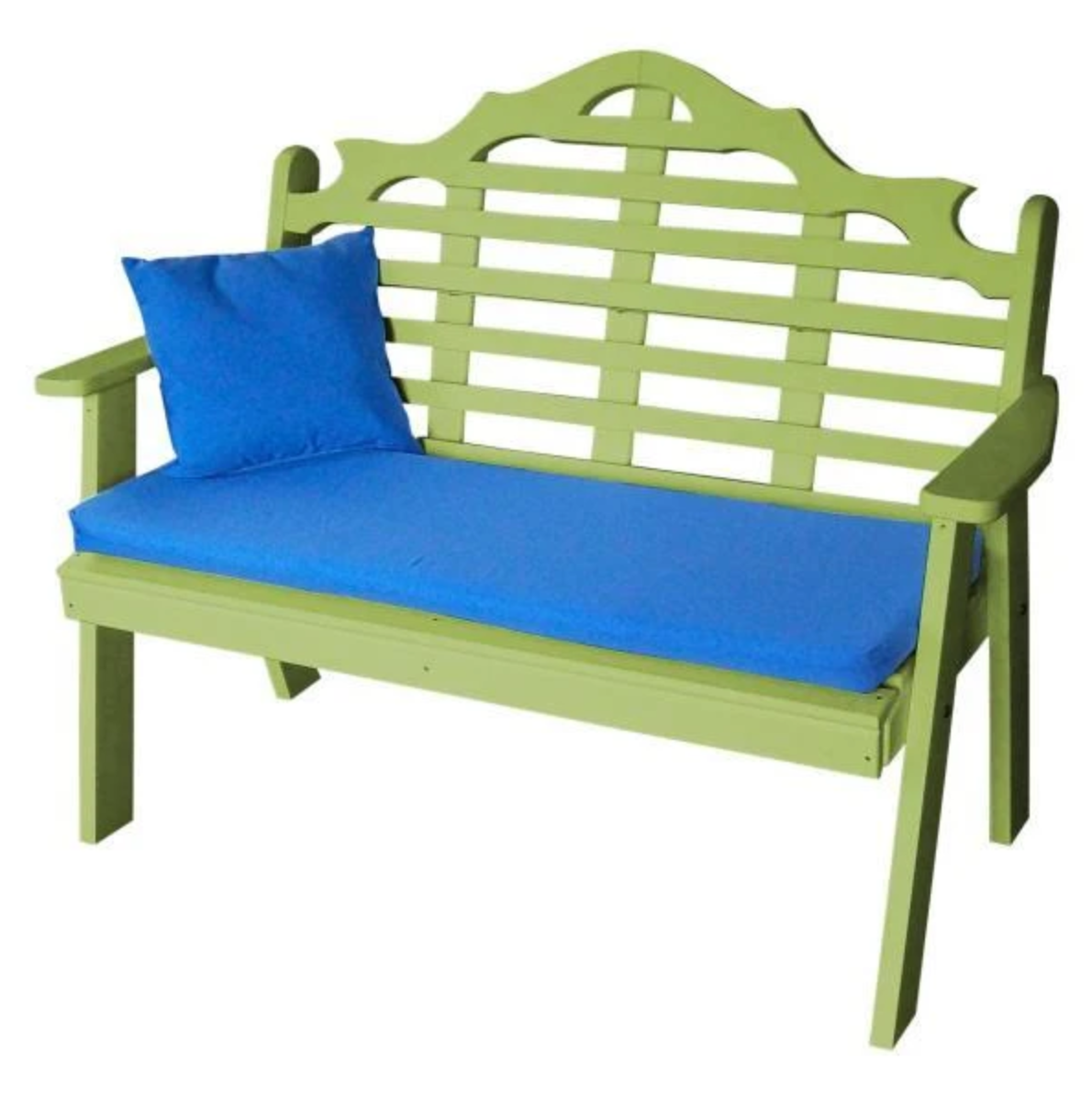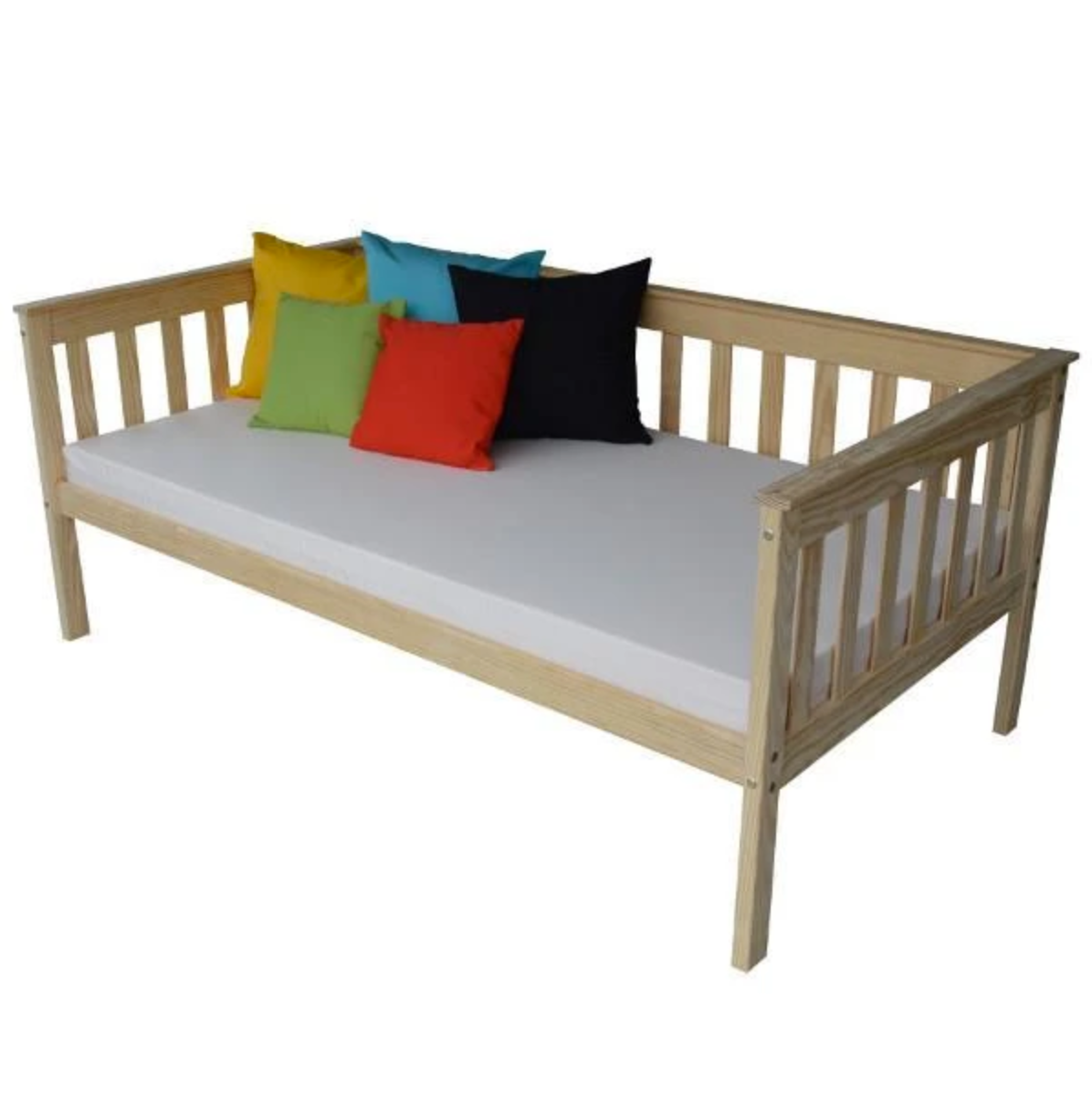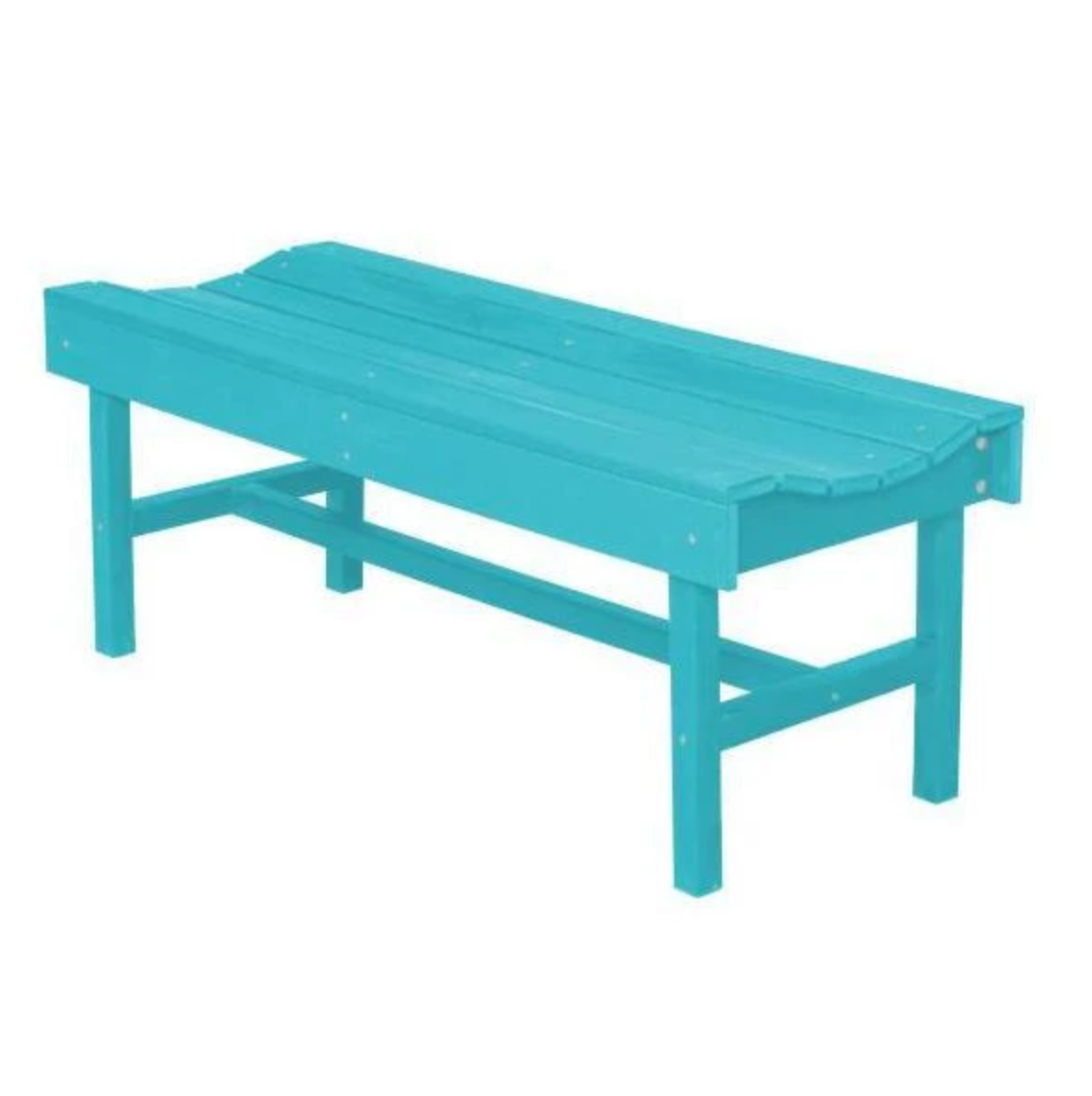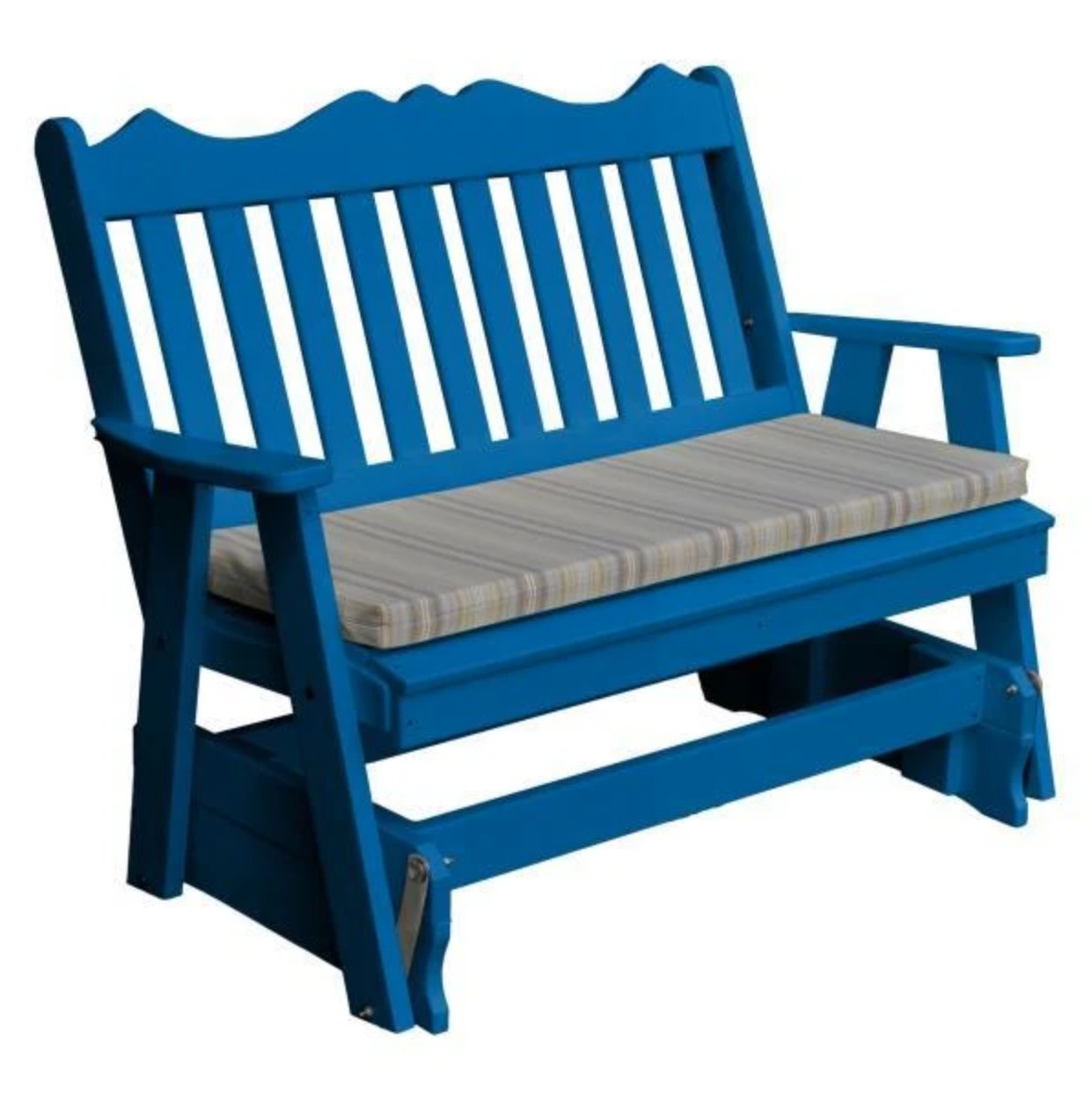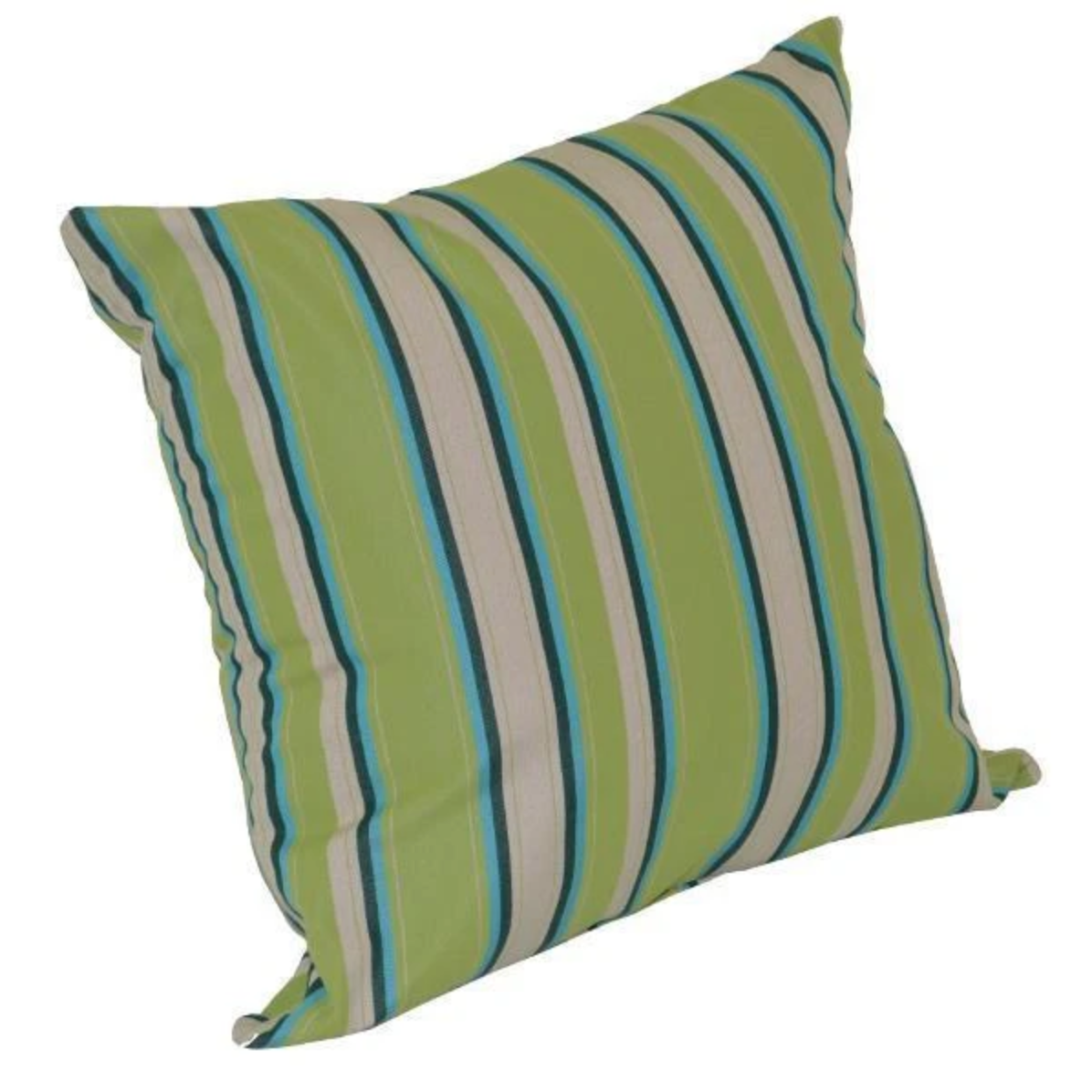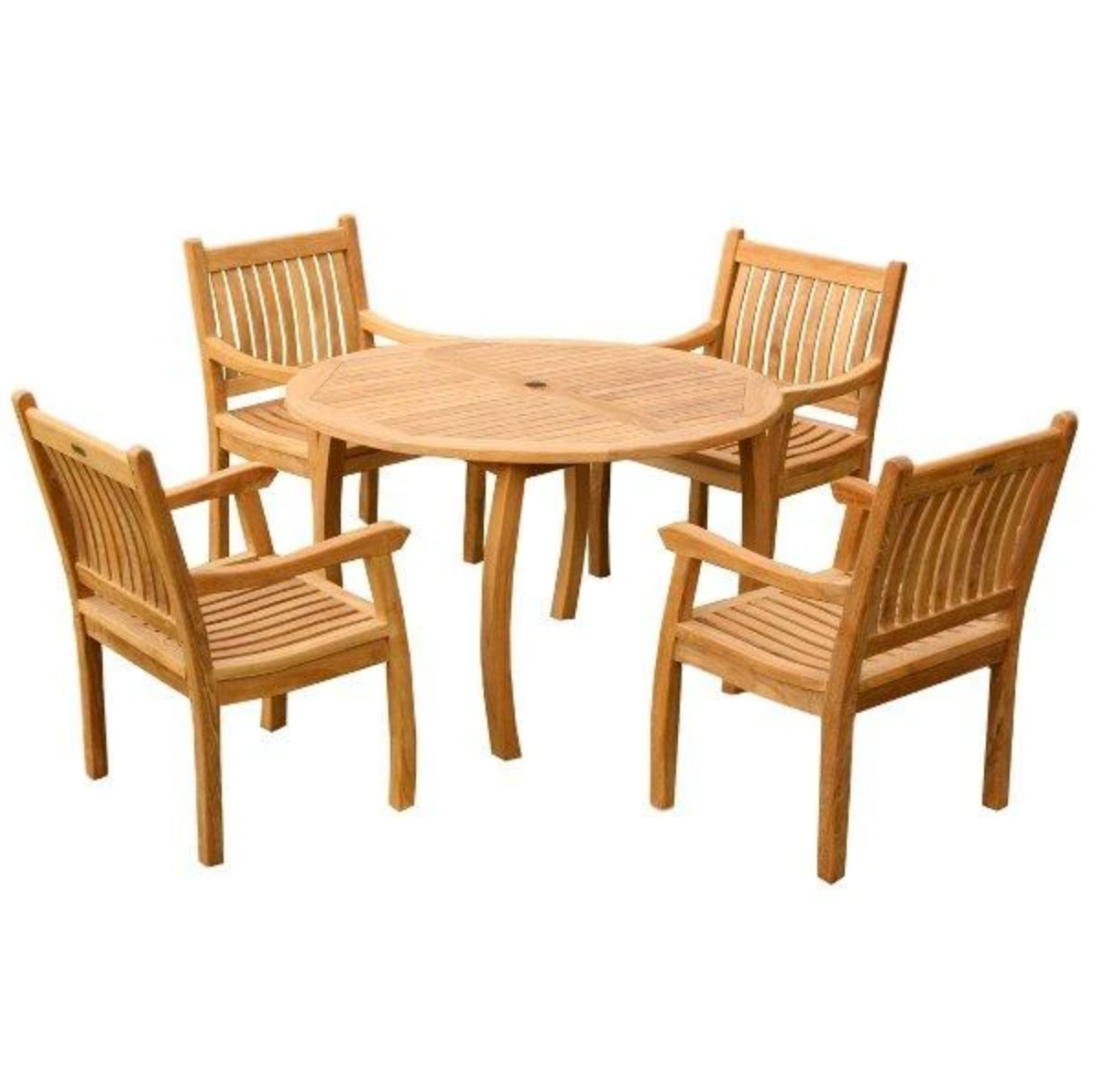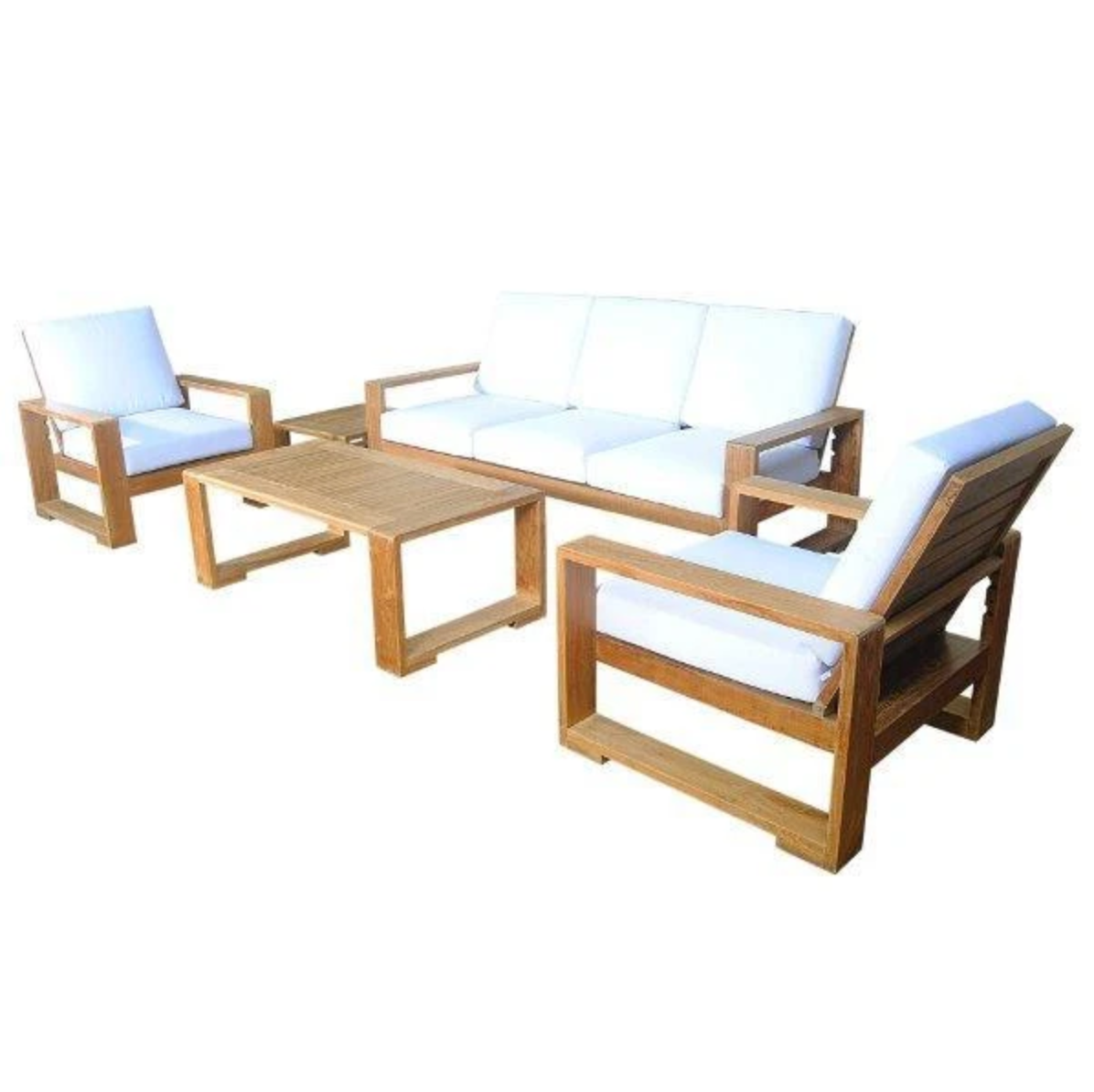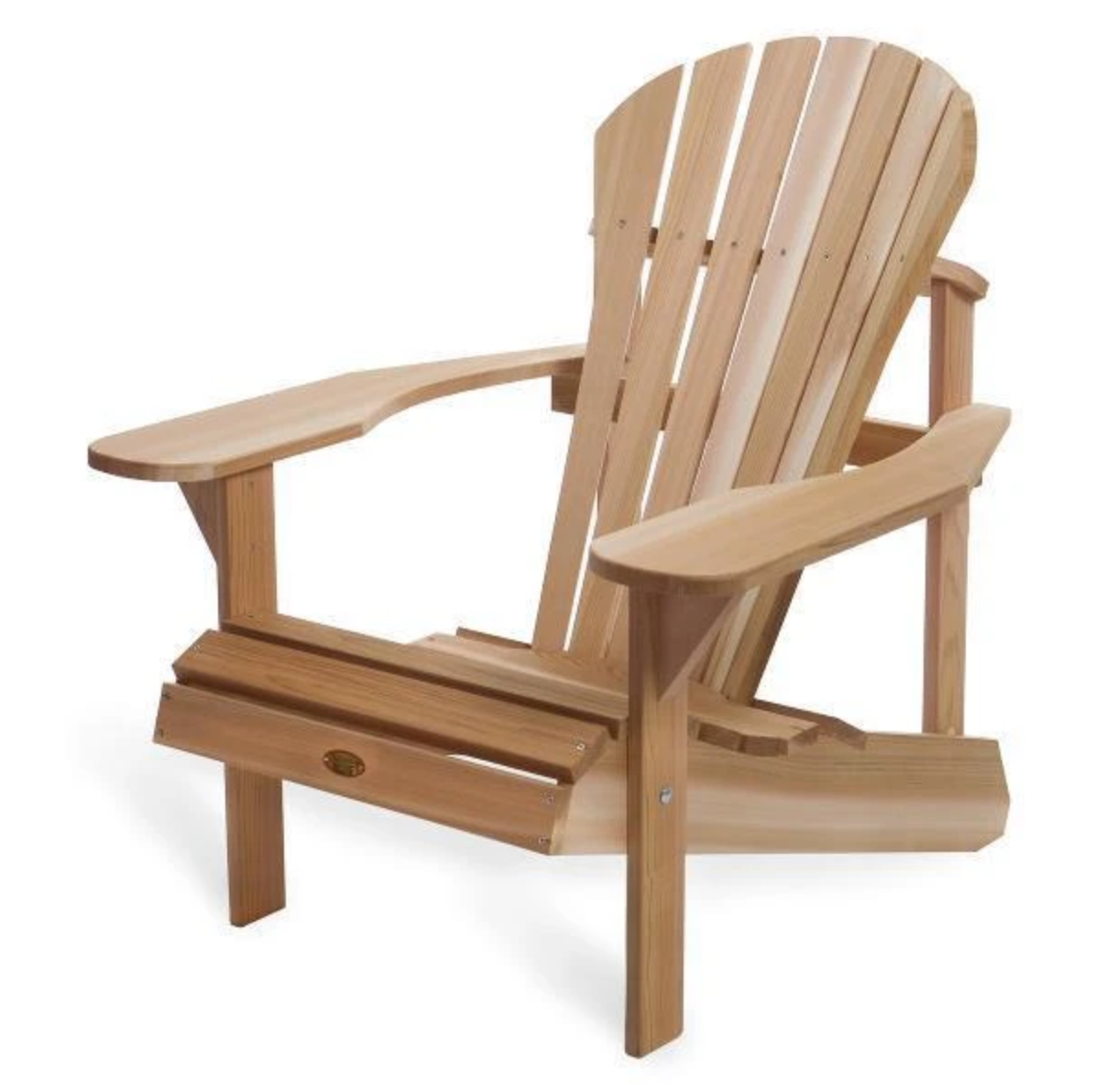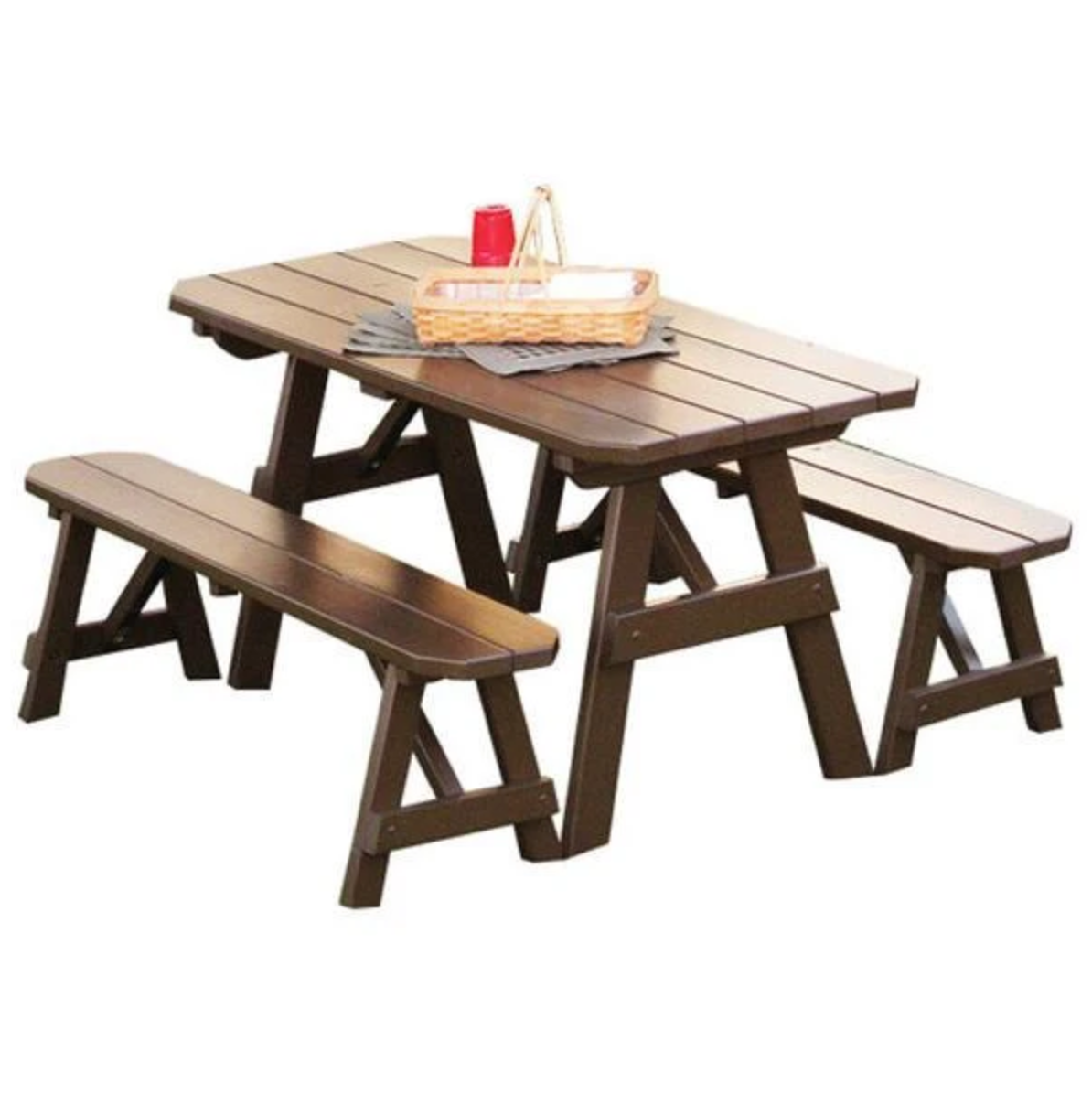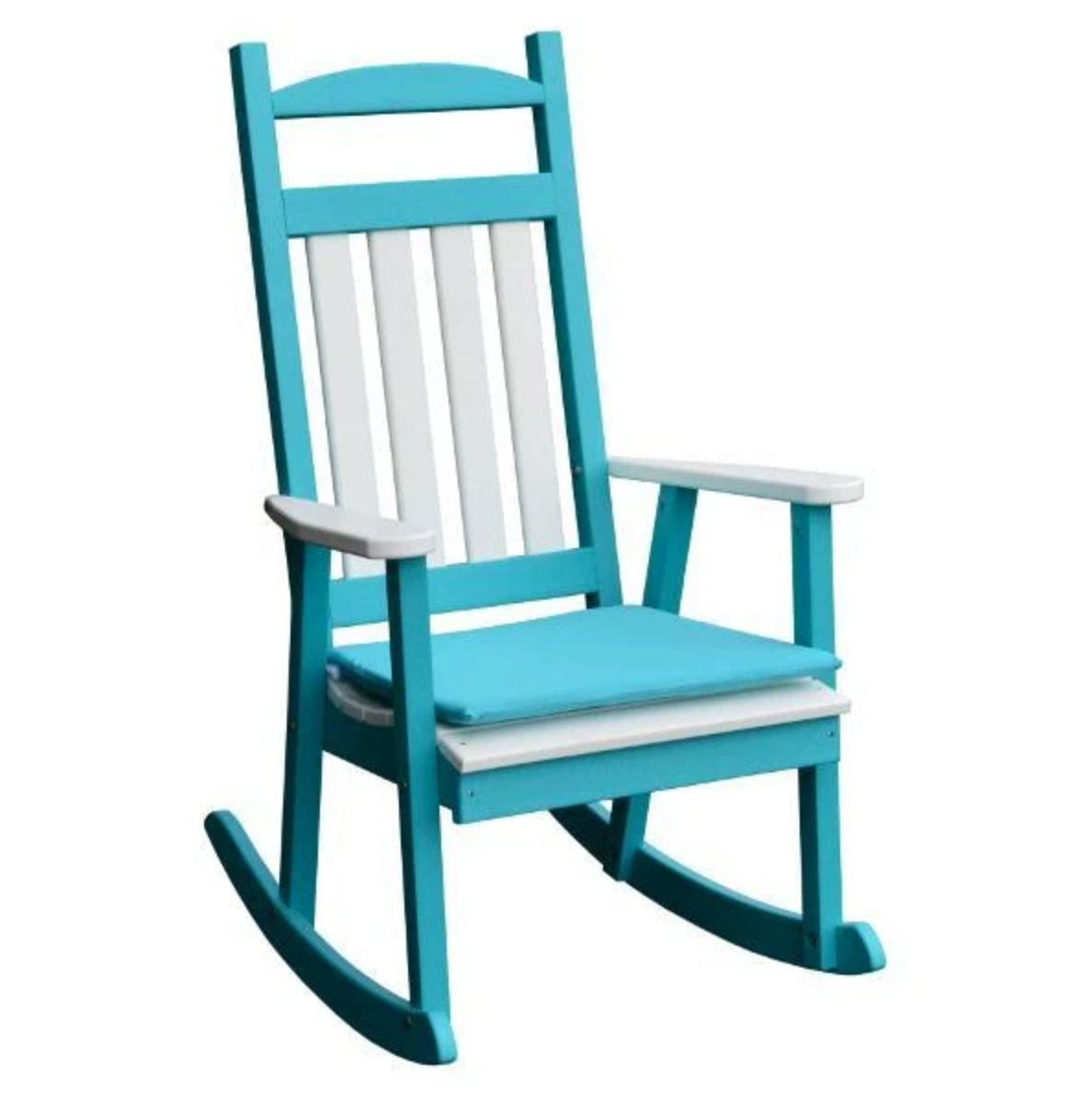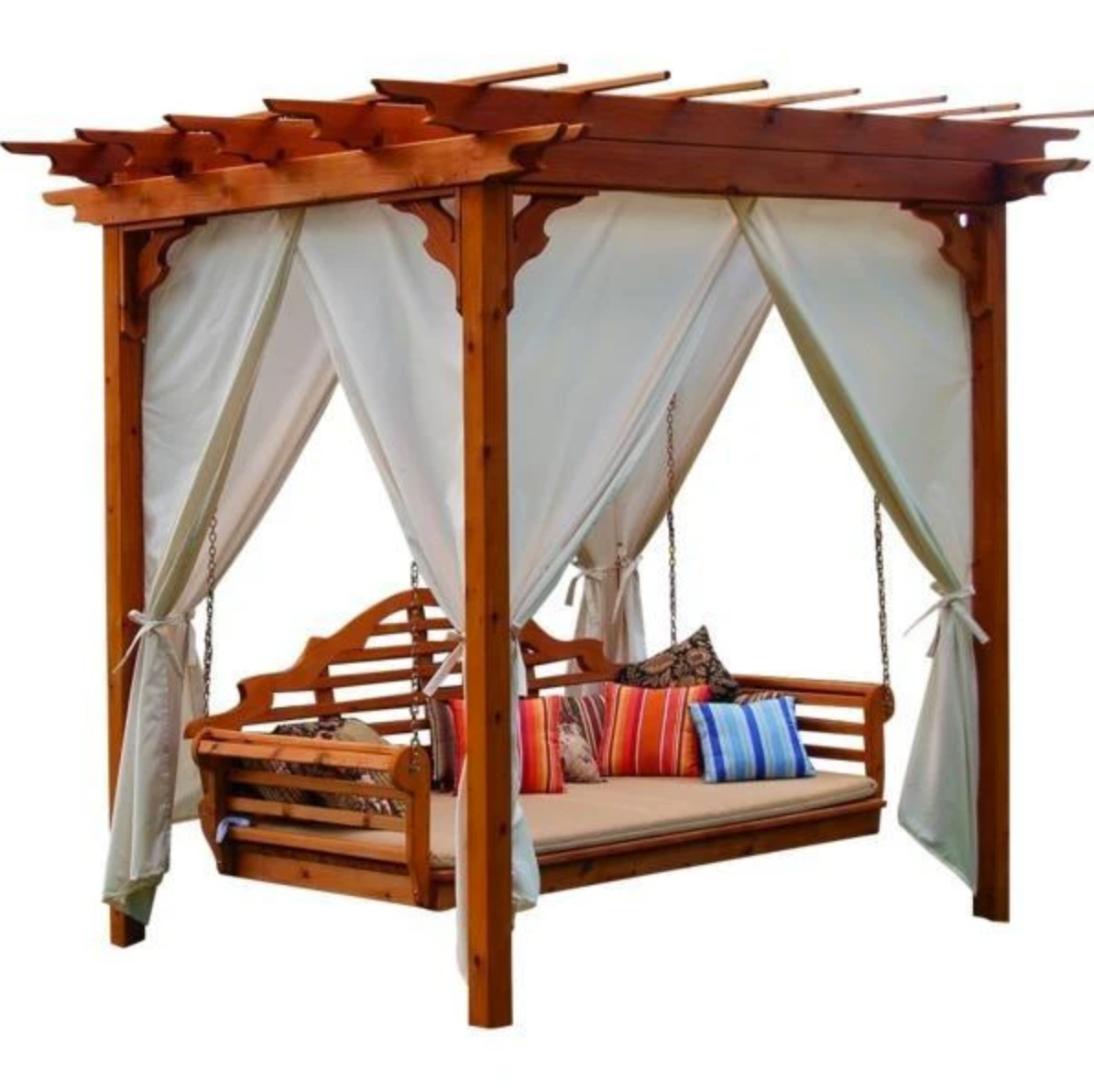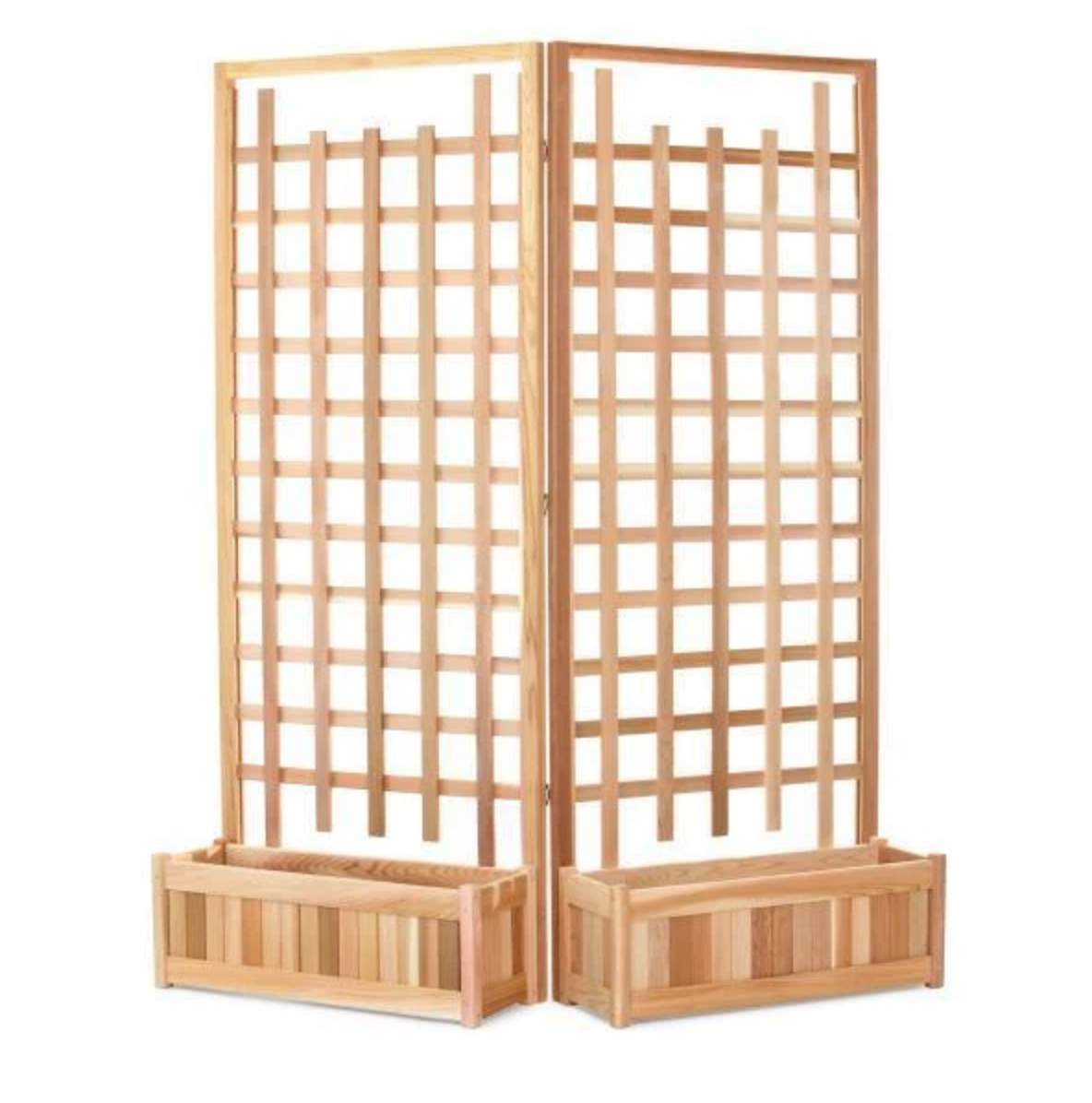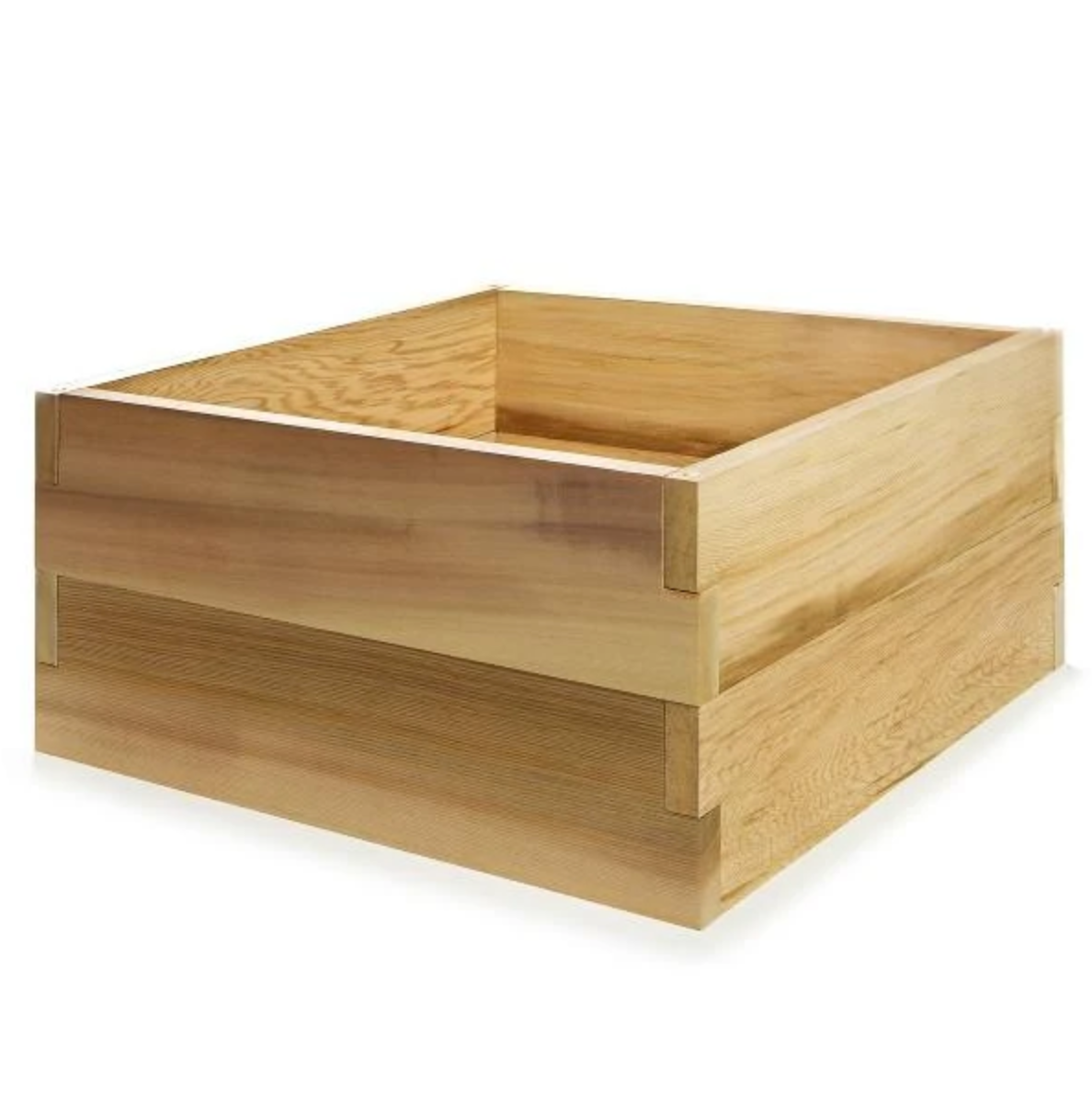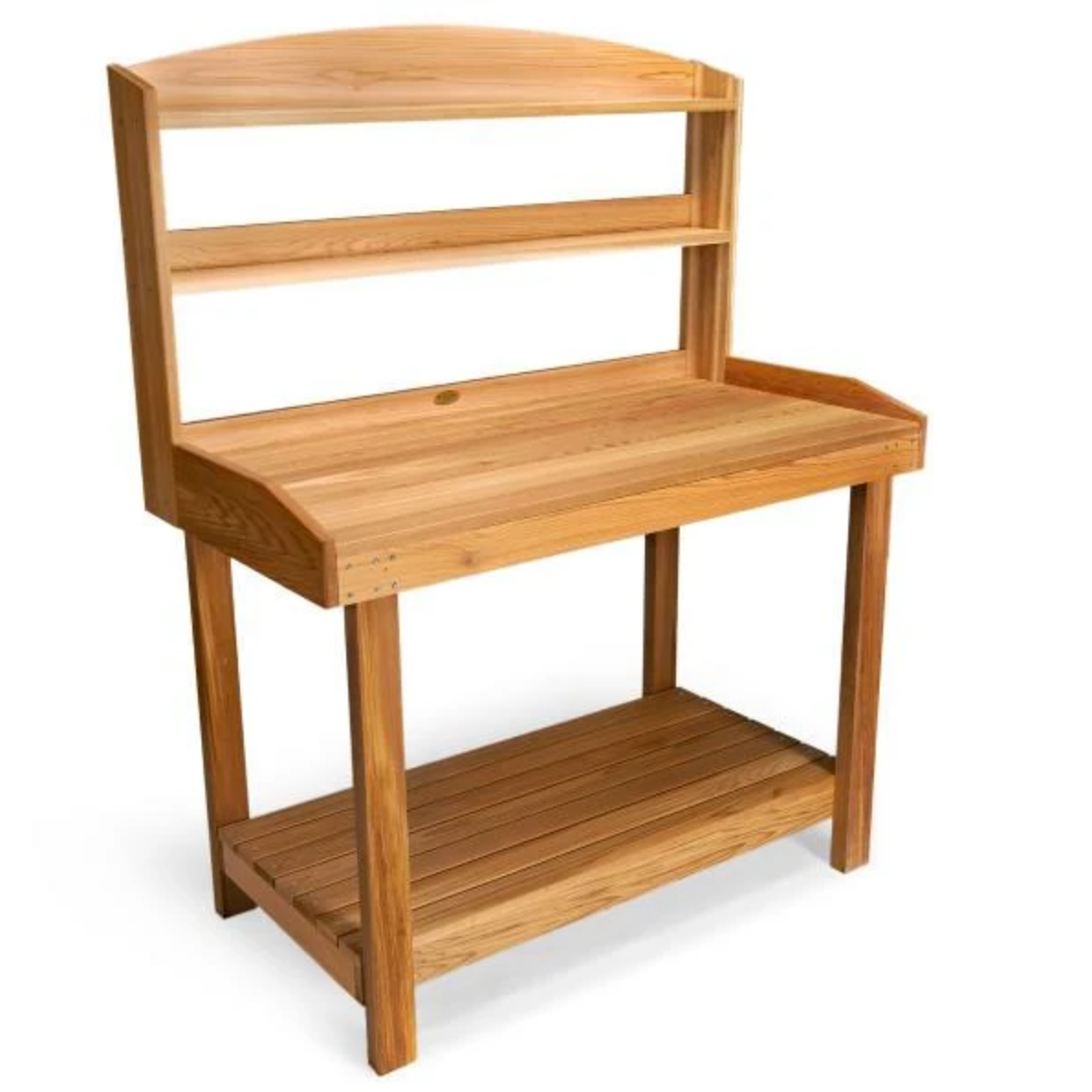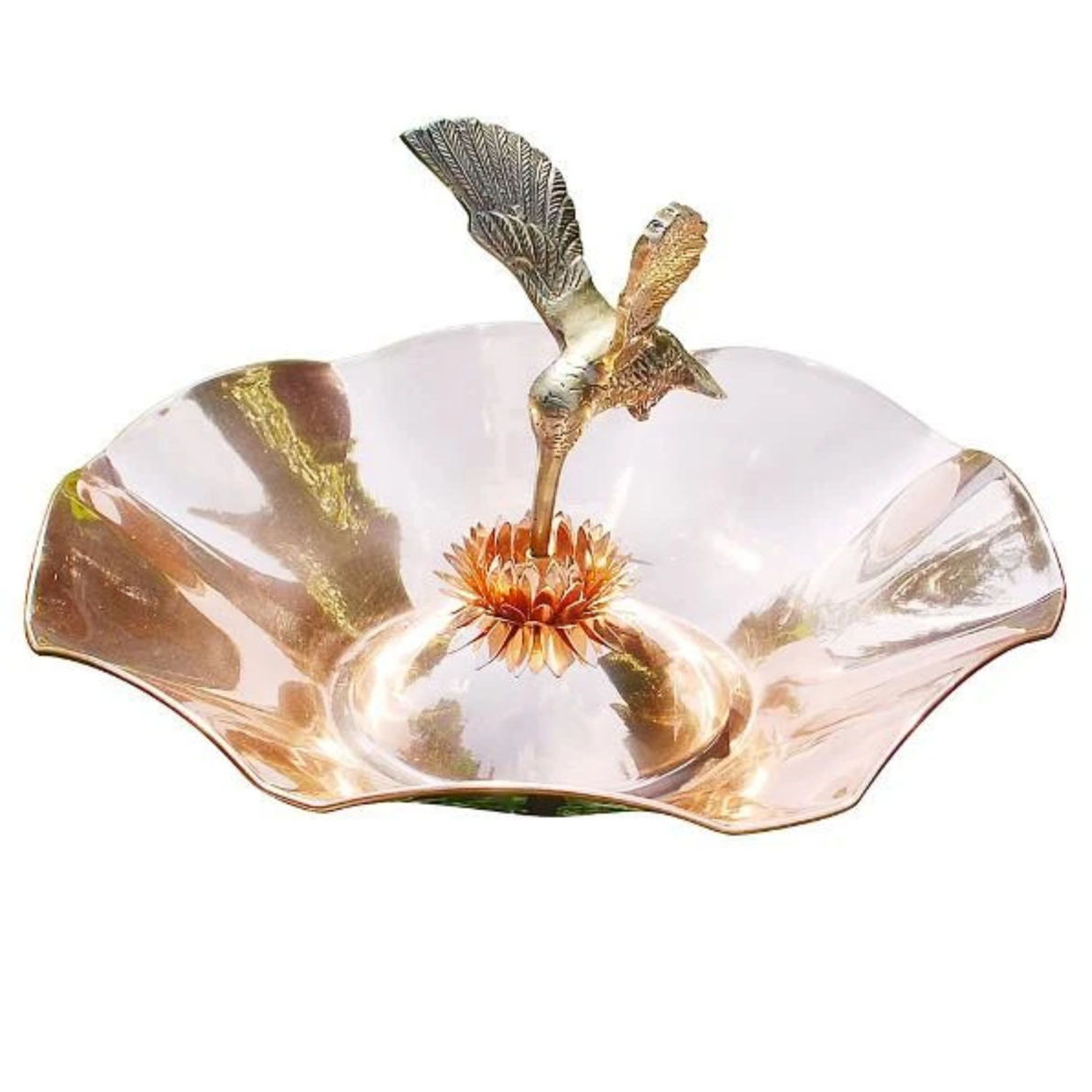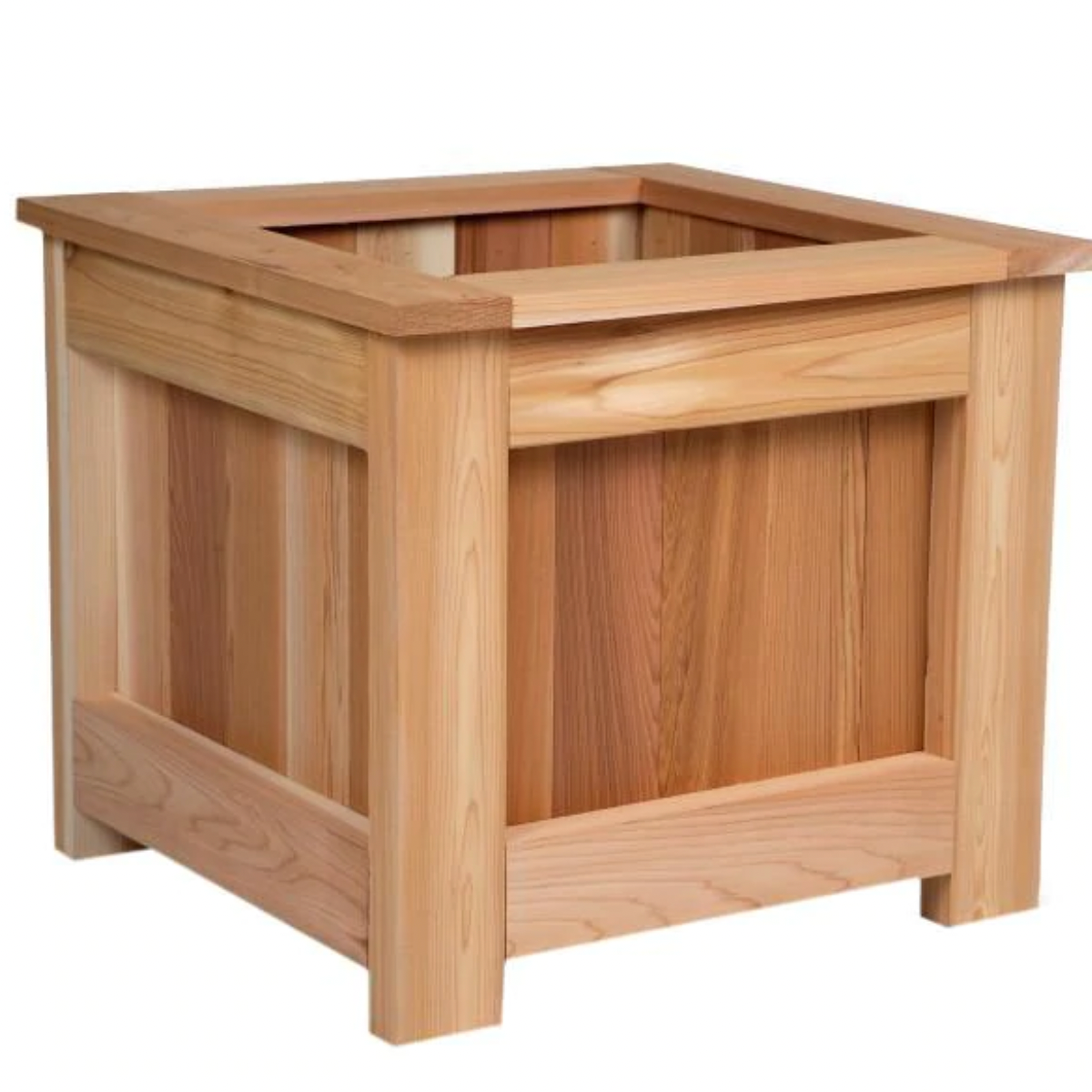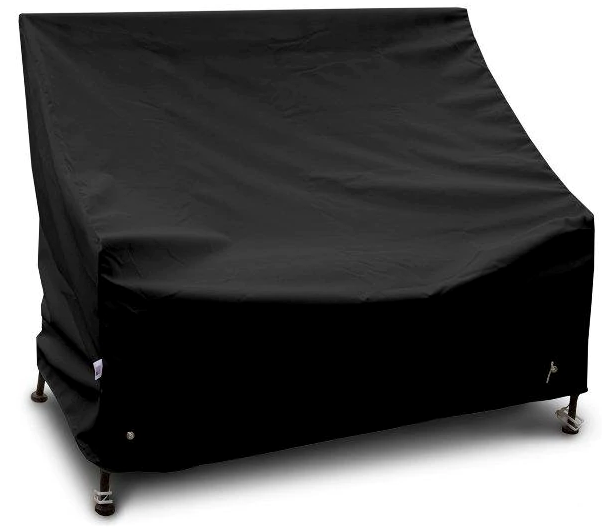Your Cart is Empty
FREE SHIPPING ON EVERY ORDER
Menu

FREE SHIPPING ON EVERY ORDER
Swings
Benches
Tables & Chairs
Home & Garden
Furnished vs. Unfurnished Homes: Weighing the Pros and Cons
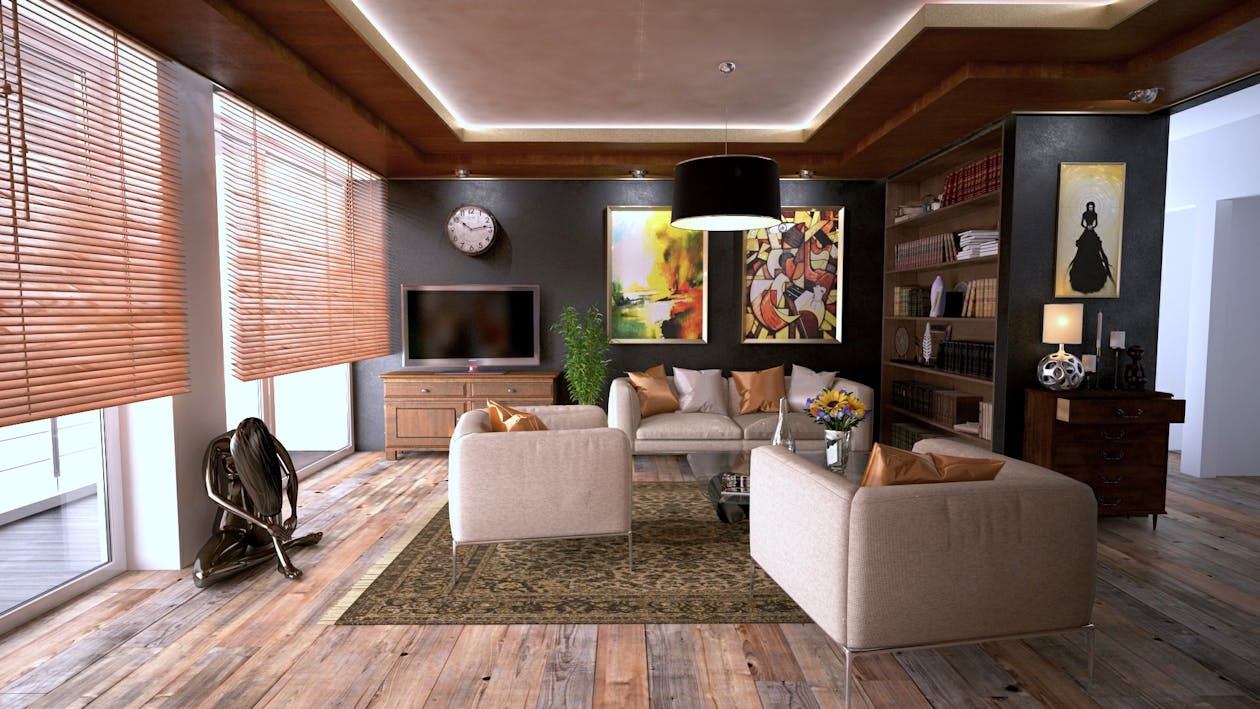
Photo by Pixabay: https://www.pexels.com/photo/turned-off-flat-screen-tv-276724/
Imagine stepping into a new home, your hands free of moving boxes, the living room already inviting with a plush sofa and a perfectly positioned coffee table. The kitchen gleams, equipped with all the necessary appliances, ready for your first home-cooked meal. You’ve just walked into a furnished home, where the process of settling in feels like the flip of a switch.
Now, picture the opposite. You enter an empty space with bare walls and echoing rooms. This blank canvas offers endless possibilities but comes with a checklist of furniture and appliances to buy. This is the experience of moving into an unfurnished home. Which scenario resonates more with you?
The decision between a furnished and unfurnished home goes beyond personal preference. It's a choice that can shape your lifestyle, finances, and the way you interact with your living space. Let’s walk through the journey of deciding which option is right for you, taking into account all the nuances that could influence your decision.
The Appeal of a Furnished Home
For many, a furnished home offers an immediate sense of comfort and convenience. Think about it: you’ve just signed a lease or closed on a property, and the last thing on your mind is whether you have enough furniture to fill the rooms. With everything in place, from the bed in the master bedroom to the dining table for those cherished family meals, you can settle in with minimal effort.
One of the key advantages of a furnished home is the ease it provides, especially for those leading a transient lifestyle. Whether you’re a student, a young professional on a short-term job assignment, or someone moving to a new city without a permanent plan, having the basics already in place can be a huge relief. There’s no need to invest in furniture or worry about what will fit in your space. You simply move in with your personal items and enjoy the comfort of a ready-made home.
Furnished homes also tend to attract renters who want a temporary living arrangement without the hassle of furnishing a property. This makes them ideal for expats, corporate workers, or individuals navigating life transitions. The convenience is undeniable, but it doesn’t come without its own set of drawbacks.
The Financial Trade-offs
While the ease of moving into a furnished home is appealing, there is often a cost associated with this convenience. Rent or purchase prices for furnished homes are typically higher, reflecting the value of the furniture and appliances included in the deal. You may also encounter additional security deposits, as landlords tend to charge more to cover potential damages to their furniture.
Moreover, the style and quality of the furnishings may not always align with your tastes. If you're someone who enjoys creating a personalized space or expressing your style through your choice of decor, a furnished home might feel limiting. You're essentially living with someone else's vision, and making changes could either be costly or against the terms of your rental agreement.
The Freedom of Living in Unfurnished Homes
On the other hand, stepping into an unfurnished home offers you the freedom to create your ideal living environment from scratch. The blank walls, open spaces, and bare rooms allow you to craft a home that reflects your unique style and needs. Whether you’re passionate about mid-century modern furniture or prefer a cozy, rustic vibe, you have full control over how your space looks and feels.
From a financial perspective, while moving into an unfurnished home may require a larger initial investment to purchase furniture, it offers more flexibility in the long run. You’re not paying for someone else’s furnishings, and you can choose pieces that suit your budget and personal preferences. Over time, you’ll accumulate furniture that you can take with you wherever you move, building a collection that holds sentimental and practical value.
Unfurnished homes are particularly appealing to families or individuals planning to stay in one place for an extended period. The process of furnishing your home can be a gradual one, allowing you to slowly build your ideal space. And if you already own furniture, moving into an unfurnished home can be the more economical option, as you’re not paying a premium for items you don’t need.
Photo by Pixabay: https://www.pexels.com/photo/turned-on-flush-mount-lamp-room-271649/
Long-Term vs. Short-Term Considerations
Your decision between a furnished and unfurnished home also depends on how long you plan to stay in the property. If you're thinking long-term, an unfurnished home might make more sense. You have the freedom to grow and evolve your space over the years, investing in high-quality pieces that will last.
On the other hand, if you're only planning a short-term stay—whether it's for a few months or a year—a furnished home can save you from the burden of buying and moving furniture. This can be particularly useful if you’re relocating for work or are in a transitional period of your life.
For those considering a more permanent move or looking for turnkey solutions, options like Complete by MJH offer ready-to-move-in packages that could simplify the process. These turnkey solutions provide a hassle-free way to settle into a new space fast and easy.
The Emotional Impact of Furnishing a Home
Furnishing a home from scratch can be a deeply emotional experience. As you gradually fill the empty rooms with furniture, decor, and personal touches, your home transforms into a space that tells your story. Each piece of furniture can carry meaning, from the hand-me-down dining table that has seen countless family meals to the carefully chosen couch that becomes the centerpiece of your living room.
While a furnished home offers convenience, it may not provide the same sense of attachment and personalization that comes with an unfurnished space. You might find yourself longing for a piece of furniture that feels truly yours rather than something that blends into the background of a generic design.
On the other hand, the emotional investment in furnishing a home can be overwhelming for some. The process requires time, money, and energy, and not everyone has the bandwidth to devote to making a house feel like a home. This is where the allure of a furnished home shines—it allows you to settle quickly, especially during busy or stressful life phases.
Making the Right Choice for You
Ultimately, the decision between a furnished and unfurnished home comes down to your lifestyle, budget, and personal preferences. If you value convenience, flexibility, and are comfortable with a higher price tag, a furnished home might be the ideal choice. However, if you’re looking for a long-term investment, want to personalize your space, or already own furniture, an unfurnished home offers the freedom to make your house a true reflection of yourself.
Whether you choose a furnished or unfurnished home, the key is to make a decision that aligns with your needs and lifestyle. With careful consideration, you’ll find the right space that allows you to thrive, whether it’s a fully furnished haven or a blank canvas waiting for your touch.
Also in News
US
United States
Dec 13, 2025 20:49
Product Tag :
Product Collection :
×
